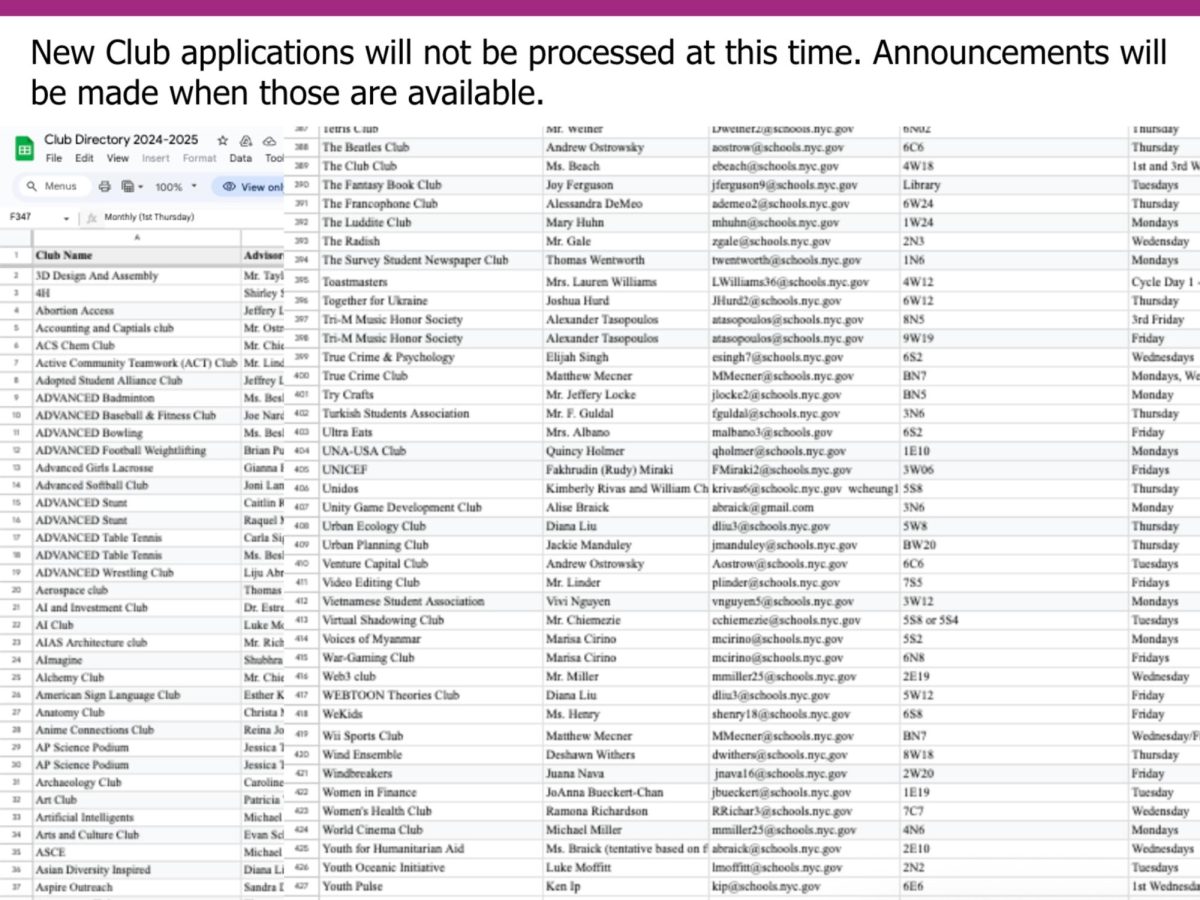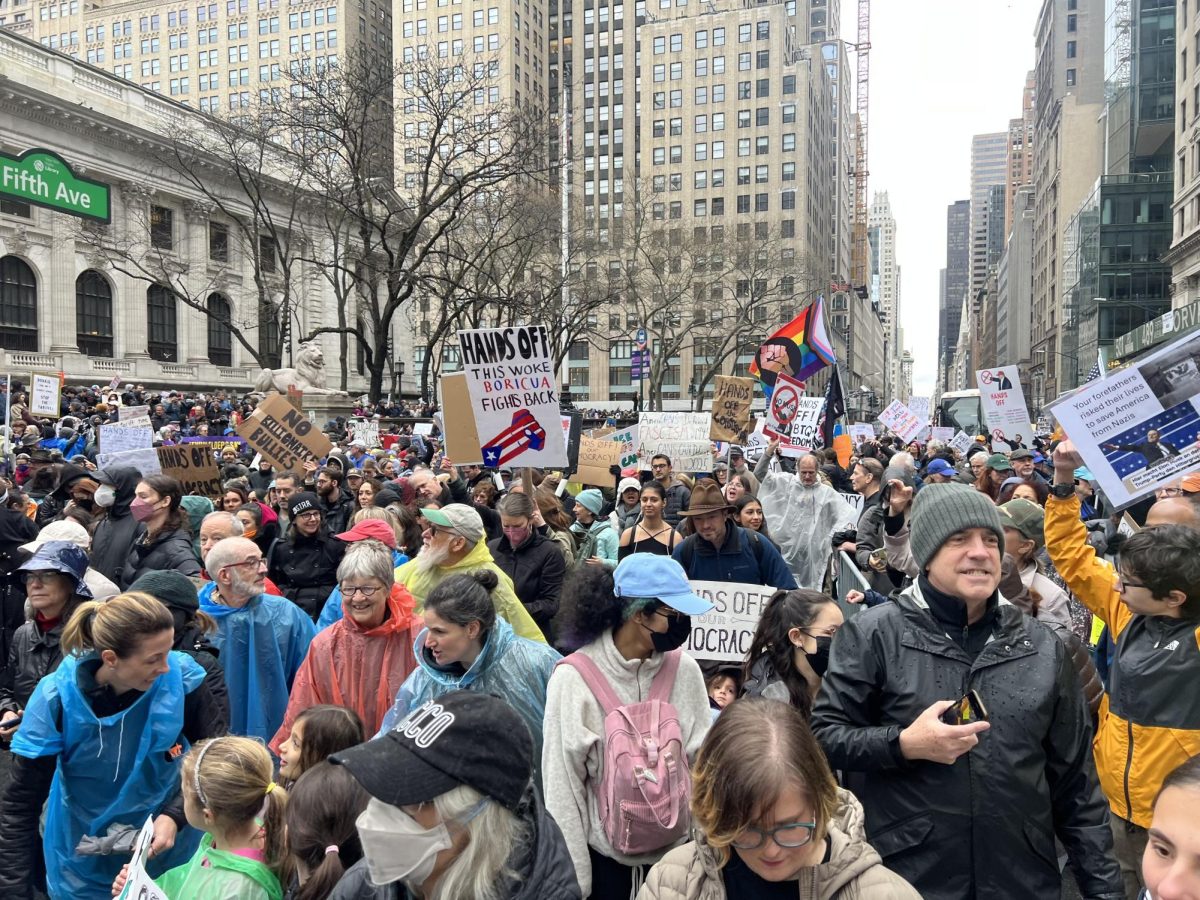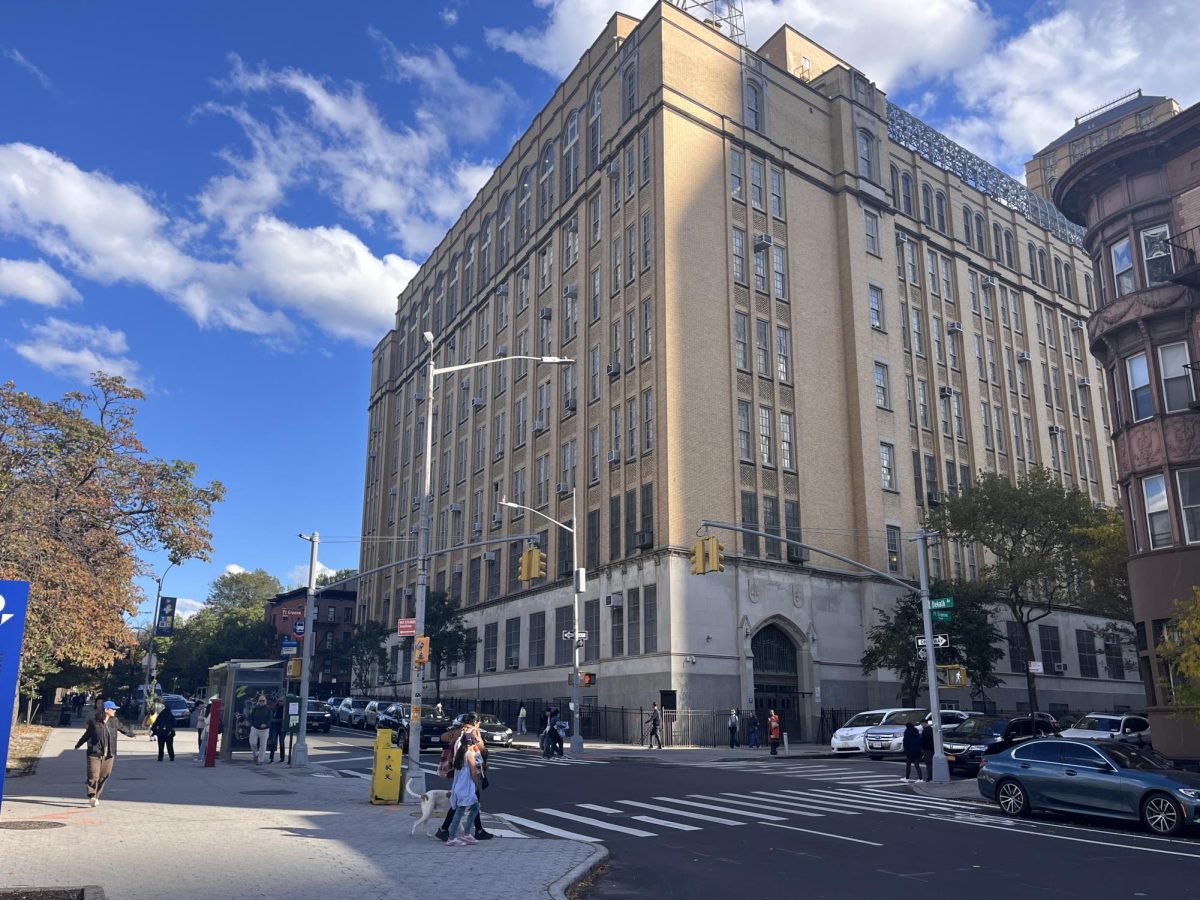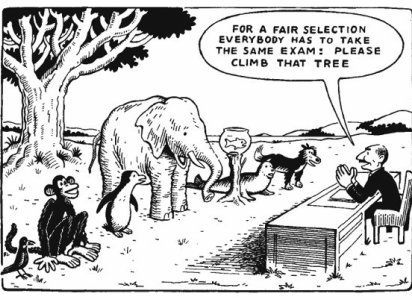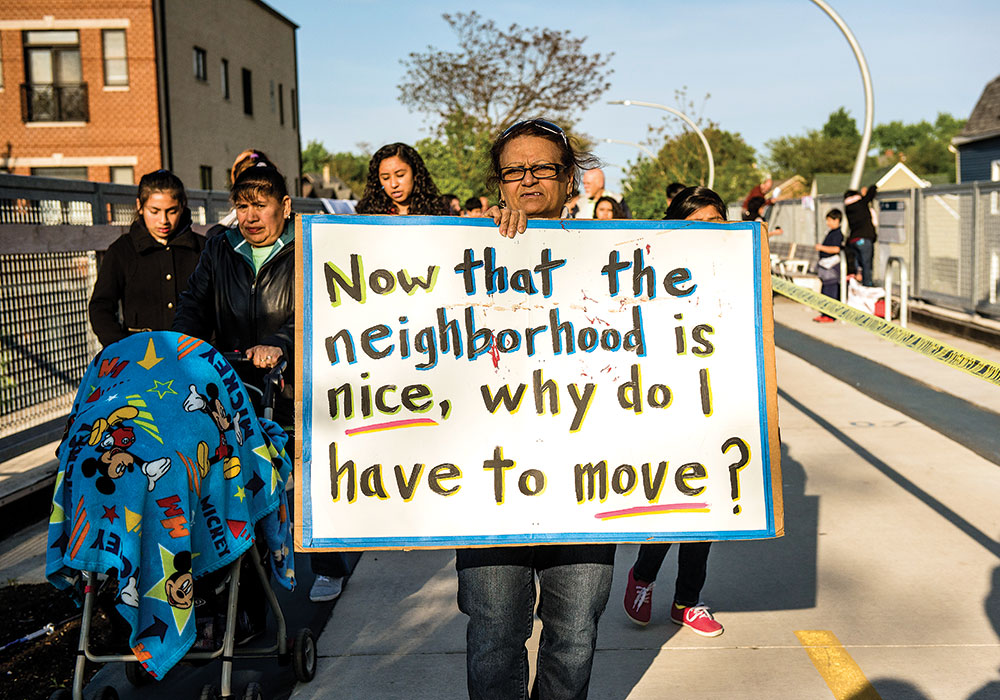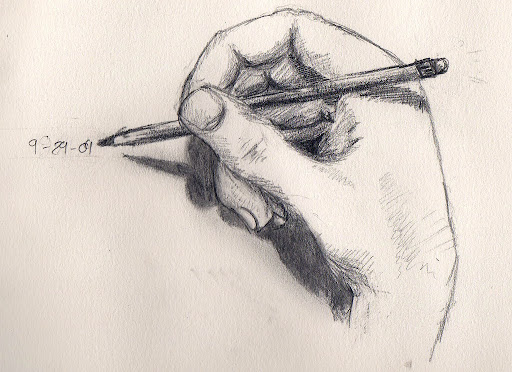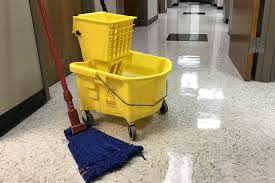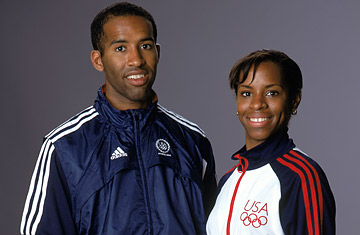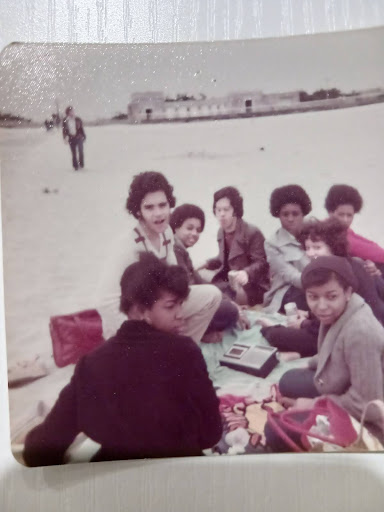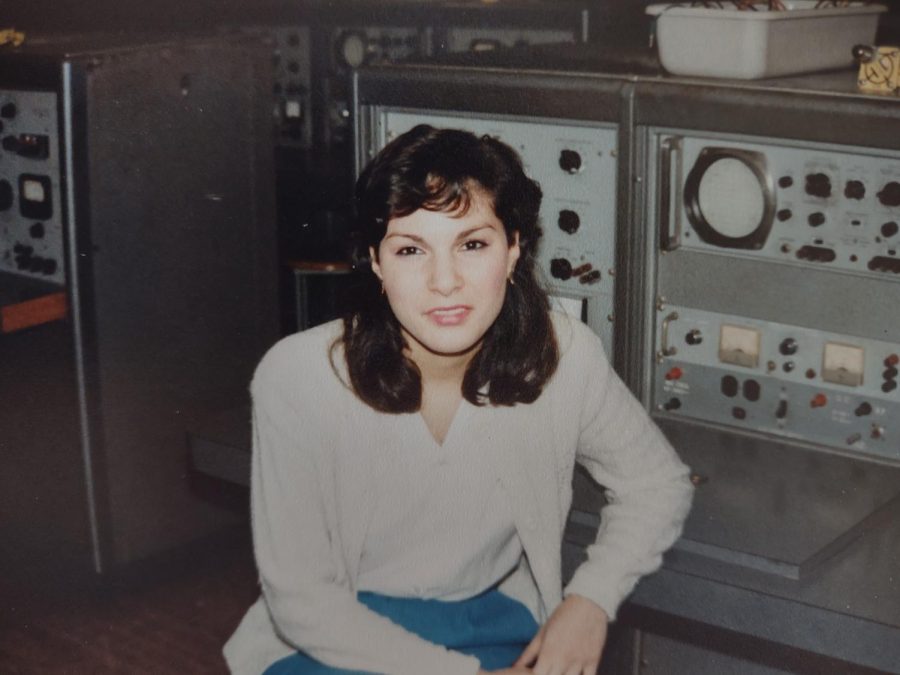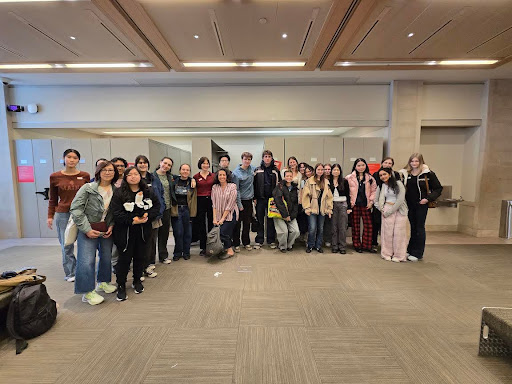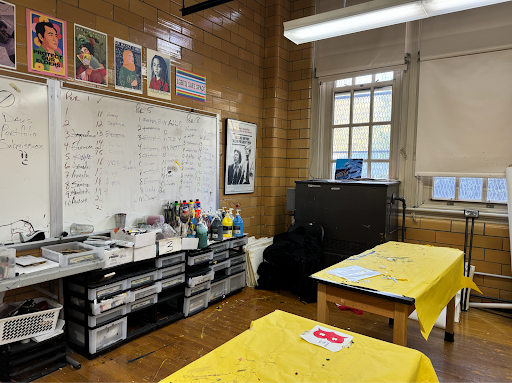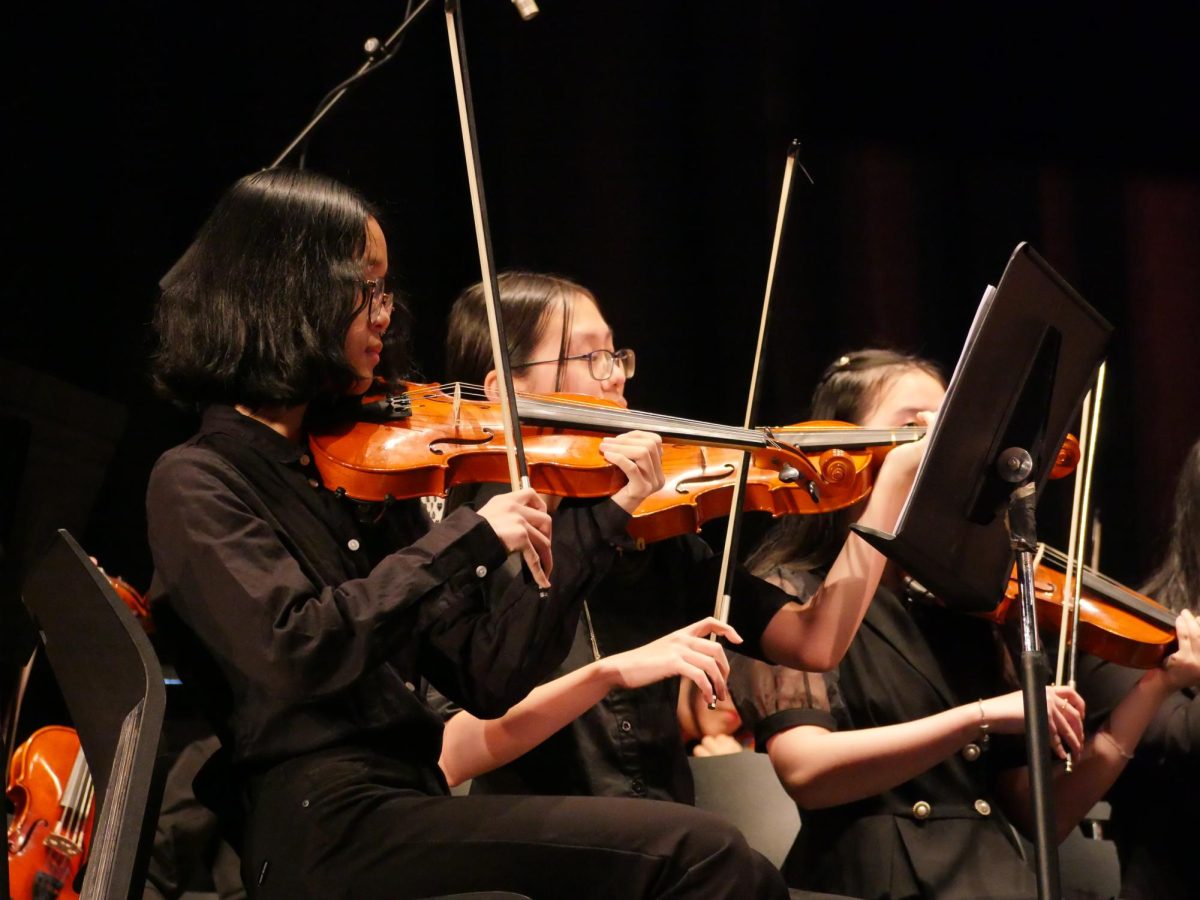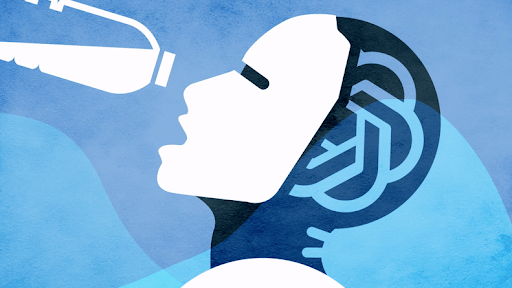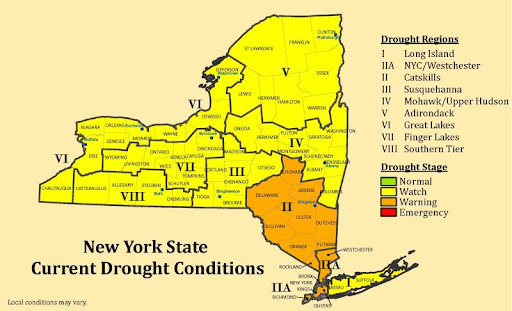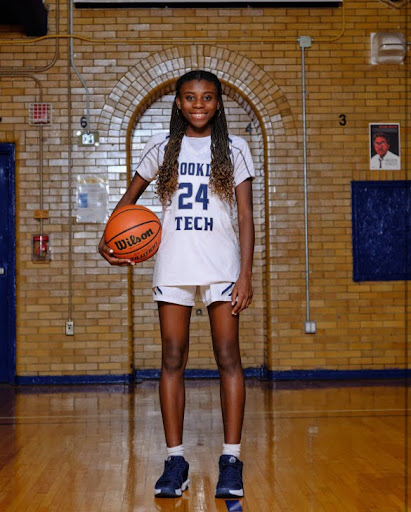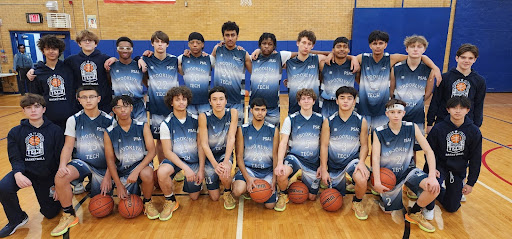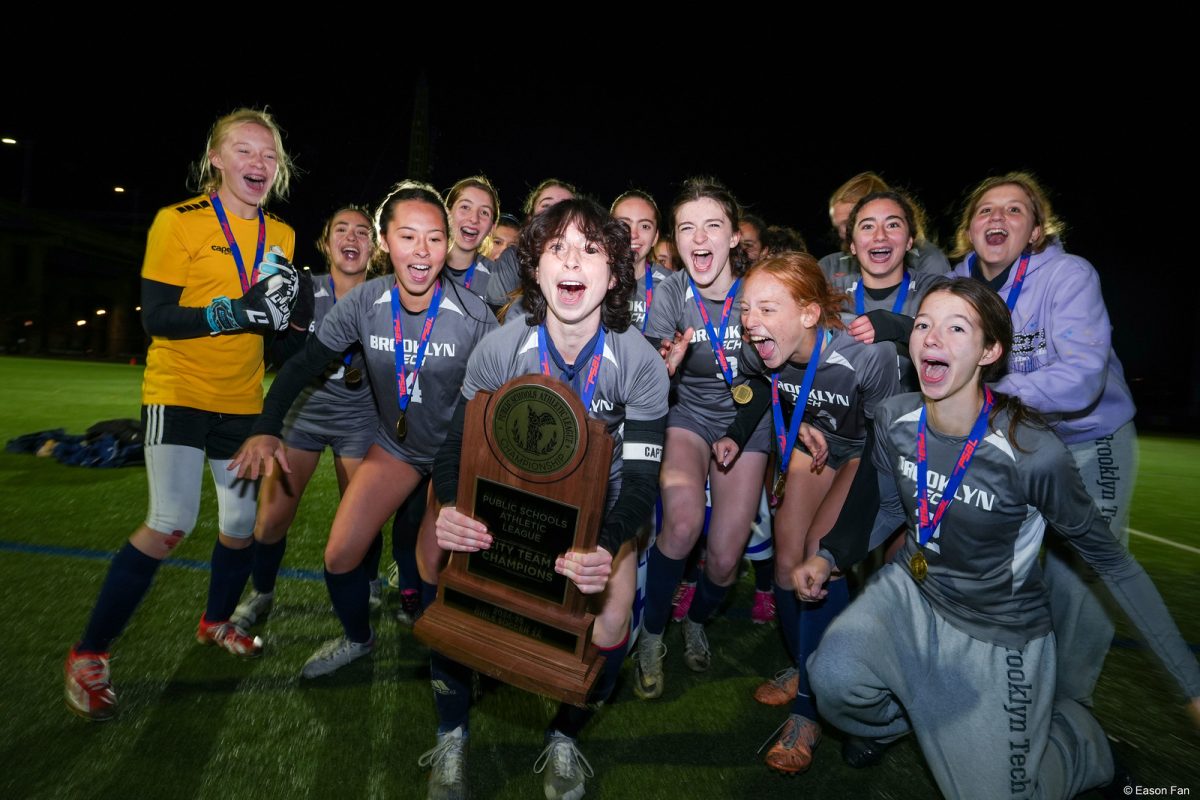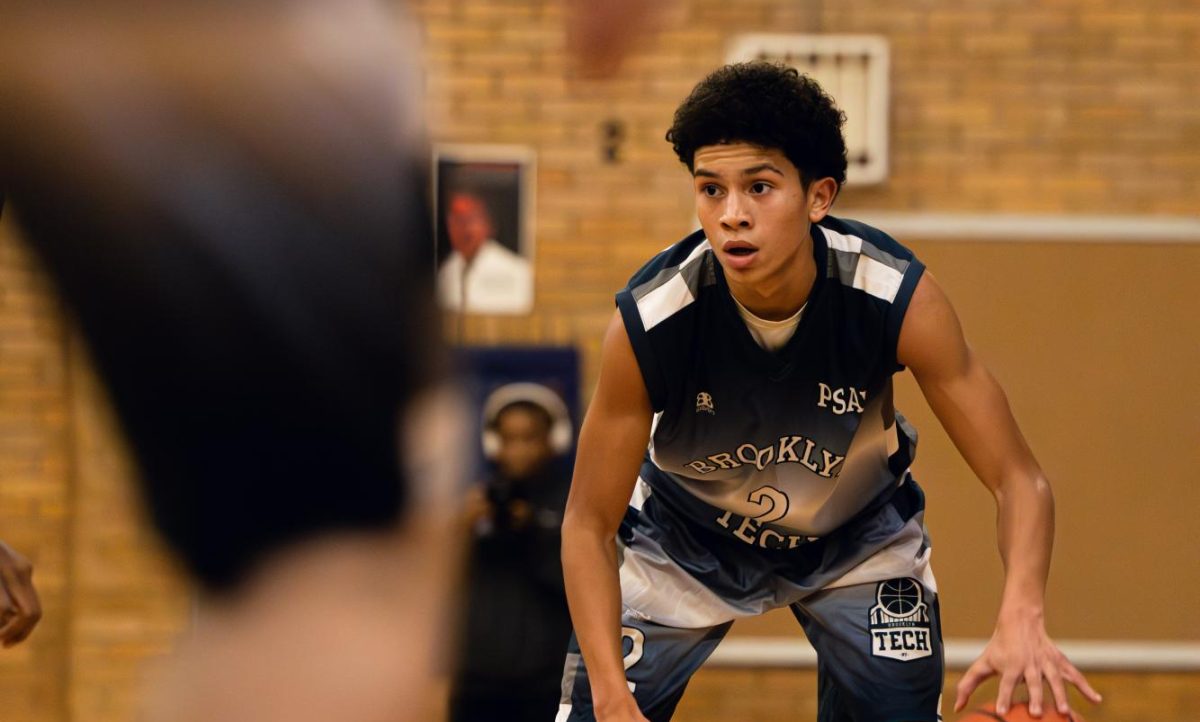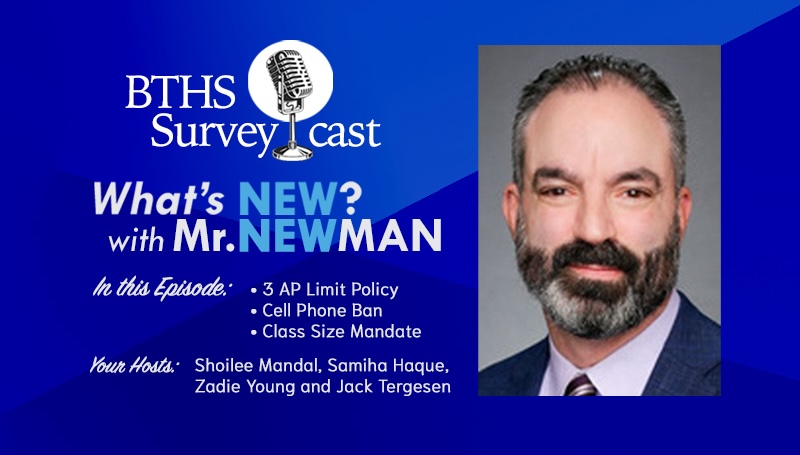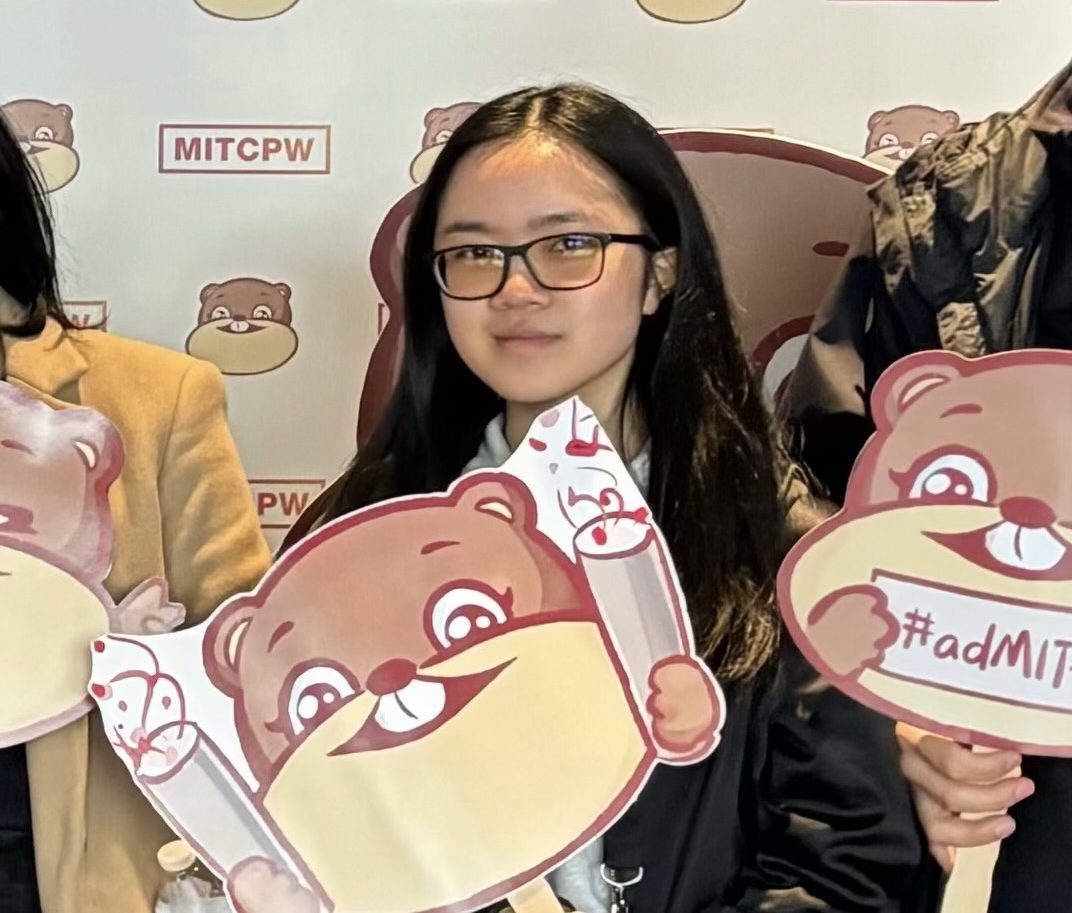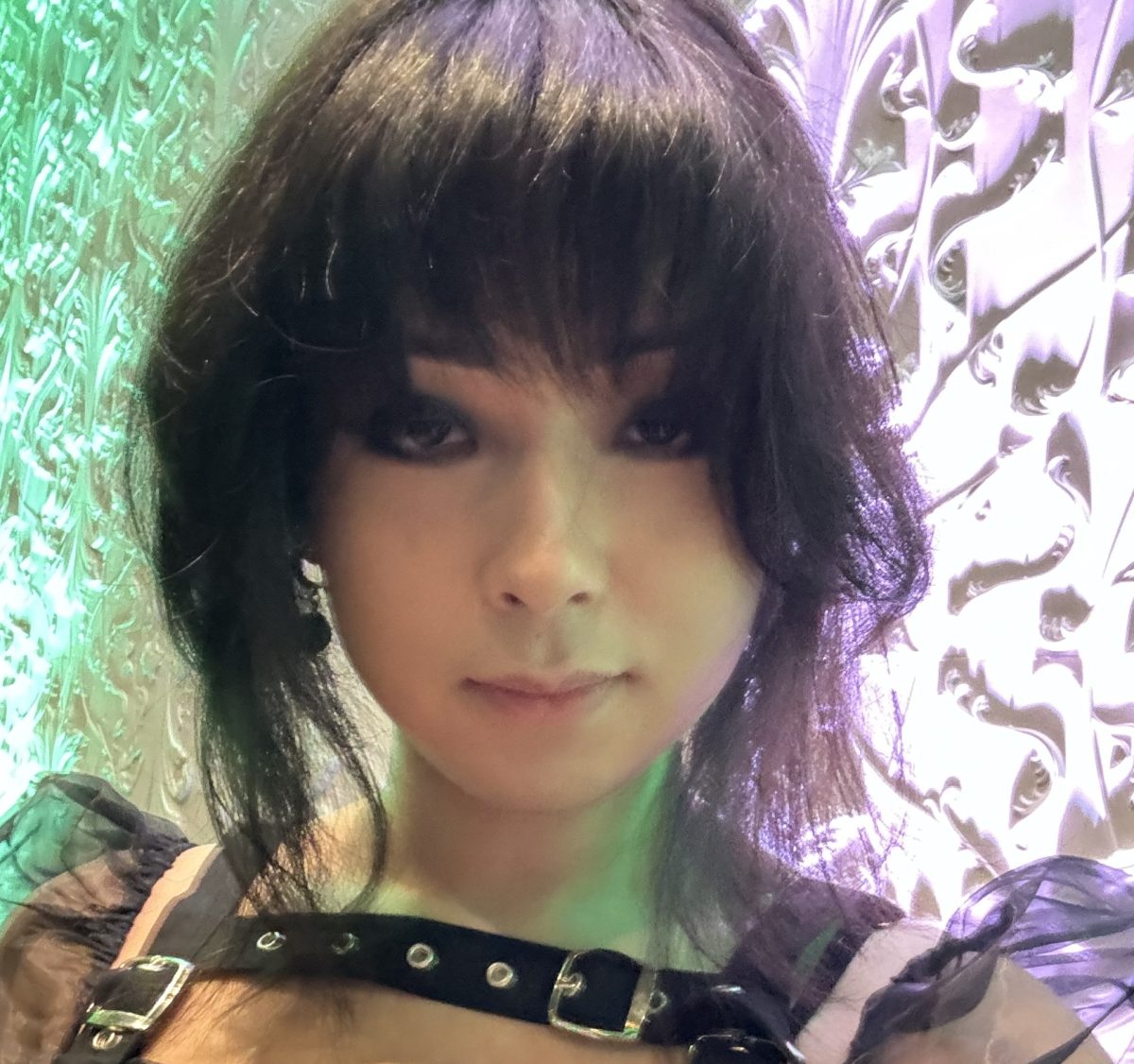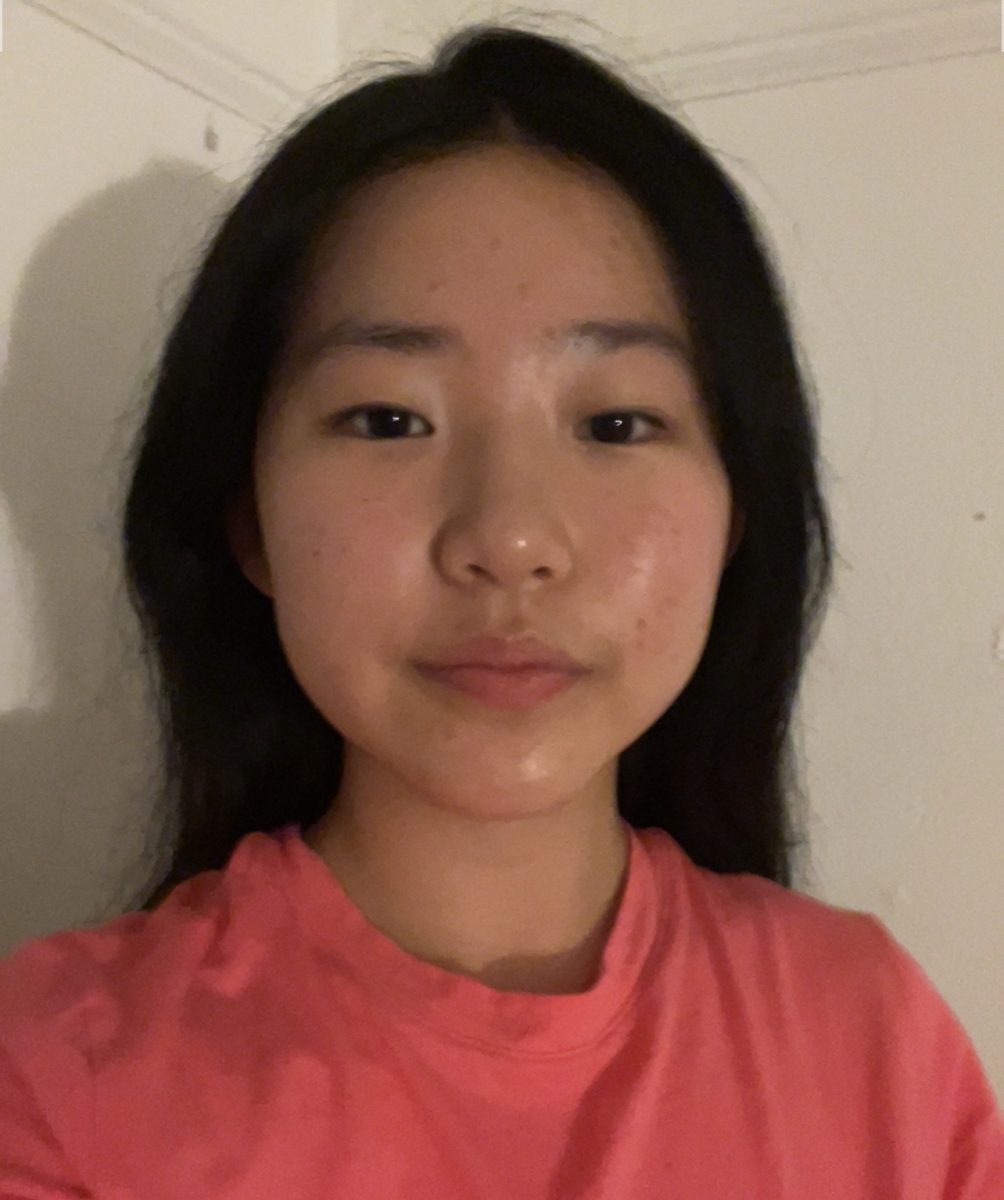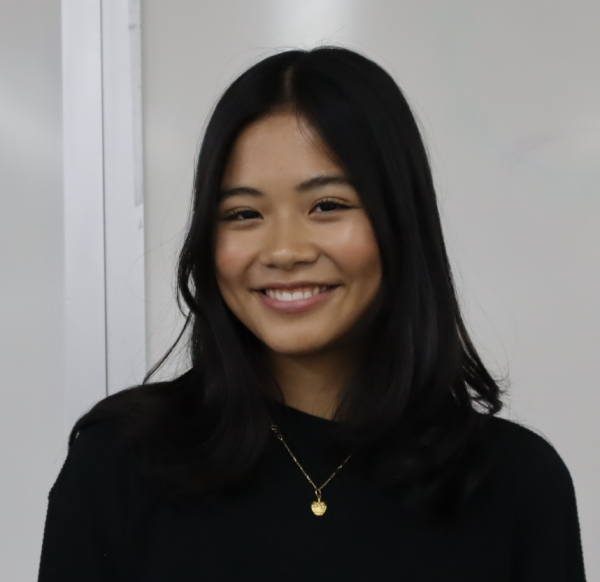Women in STEM at Tech
February 17, 2022
At Brooklyn Tech, the largest STEM-based high school in the country, the student population is 40% female and 60% male. Those numbers account for approximately 1,200 more male than female students, yet this disproportion does not hinder the enthusiasm of girls pursuing STEM fields at Tech.
The gender statistics within the Engineering and Computer Science majors at Tech outline a greater disparity. The lowest female representation rates in majors are 6% in Electrical Engineering, 11% in Civil Engineering, 12% in Aerospace Engineering, 16% in Robotics and Mechatronics, and 20% in Software. In comparison to the total US workforce, women make up approximately 25% of computer workers and 15% in the engineering field as of 2019.
Tech is not the only school that is male-dominant; boys make up 60% of all specialized high schools, despite the fact that girls make up approximately half of the NYC public school population.
Some female students have recognized how the gender gap has led to stereotyping and biased assumptions while working in the STEM field. “In junior year, we took APCSA, and my teacher used to [assign] group quizzes,” noted Software Engineering (SE) major and Treasurer of Tech chapter of Girls Who Code Shameha Islam (‘22). For the majority of the group quizzes, Islam was the only girl. “In one instance, we were dividing up the questions. I said ‘I’ll complete this question.’ The guy [responded], ‘Are you sure? We can do the question for you.’ I was the only girl in the group, and I was the only person that offered to do the question for. He [also] said, ‘If you need any help, ask us.’ He didn’t offer that to anyone else in the group.”
Another SE major and the Vice President of Girls Who Code, Hiba Altaf (‘23) said, “There have been times where male students were shocked to find out that I could code. Or, they doubted that I had ever done software engineering-related internships and programs in this field, which is quite disheartening.”
However, women are not exclusively underestimated within STEM majors — sexism may be manifested in all areas of study. STEM majors noted that they experienced sexism outside of the STEM environments. “I think being doubted is more of a general masculine thing and not as dependent on the major I’m in,” said Mechatronics and Robotics major and Mentor at Girls Who Code Corinna Chen (‘23). “Their actions do get exacerbated by the number of men around them, so it can be worse in my major. That’s not to say that being underestimated doesn’t happen in my major unrelated classes. In one of my major-related classes, the men have been rude and unwilling to help. [But], I remember my freshman year geometry class had a ton of men who claimed that they were too good for the class.”
Several female students have also noted that many of their male counterparts have had the advantage of having prior experience in coding before entering their major, while many of the girls have not, leading to assumptions about their knowledge of computer science. Some students noted that this could be because of video game culture among young boys. While a few girls had rudimentary exposure in middle school, the majority of the female students’ first experience in the computer science field was in the required AP Computer Science Principles class taken in 10th grade.
“Not only were there a lot of guys [in my classes], but there were a lot of entitled guys,” described SE major and President of Girls Who Code Sahar Maisha (‘22). “People who’ve been programming longer than I have, and who’ve mansplained concepts to me in ways that could’ve been better explained by someone else. Thankfully, I learned to look past their egos, but I won’t say it doesn’t hurt whenever they gatekeep their studying methods instead of helping each other out. There’s a lot I could learn from them which I’m not afraid to admit.”
Another SE major, Brittany Sun (‘23), remarked, “I have not directly experienced situations where I felt underestimated because of my gender. But knowing that there are guys in your class that have had years of experience in this field does make you wish you got exposed to this stuff earlier.” Fellow classmate Vera Zhou (‘23) agreed, saying, “There are slight moments [when I felt underestimated]. My partner is actually male, and it’s not like he underestimates me, but he takes on the most work, even if I want to do more work. He does know the language more than I do, but sometimes I wonder. It’s really nuanced.”
The gender gap and the impact it has had on students has been a problem since the inception of the school. In 1922, Brooklyn Tech was originally founded as an all-boys school, and only eventually became co-ed in 1970. Throughout the 70s, being a girl at a specialized high school was far more difficult socially. Brooklyn Tech was one of the three initial NYC schools that required an entrance exam, along with Bronx Science and Stuyvesant. Today, Stuyvesant is 57% male, and Bronx Science is 59% male.
Still, many female students have felt welcomed by the Tech community. “Everyone is respectful and I have not experienced anything like that from my major, nor tech in general,” said SE major Maheru Hoque (‘23). “I owe it to the women who have paved the way for a more accepting and equitable STEM world,” agreed Physics Major and Mentor on Girls Who Code, Delphine Protopapas (‘22). “All the outreach being done has changed people’s implicit biases by spreading the stories of female scientists. I think that truly is the reason why I’ve had such a positive experience.” However, these sentiments are not a school-wide phenomenon.
Female Tech students have identified the problem of the gender gap, but the real problem is the biases they encounter because of it. “I think it is important to close this gender gap. However, I think it is also important to create supportive groups of the women that are currently in this major,” said Sun. “The biggest issue is not the ‘gender gap’ but the feeling of inclusivity, so if we form these groups, the division created by the gender gap will be less predominant.”
AP Computer Science Principles teacher Mr. Iulian Irimina stressed the need for diversity within the STEM field. “I think it is important to have a broad representation in the major from the female students and students with different races and backgrounds,” he said. “This truly achieves the purpose of creating technology for everybody and eliminates potential biases from one predominant group.”



